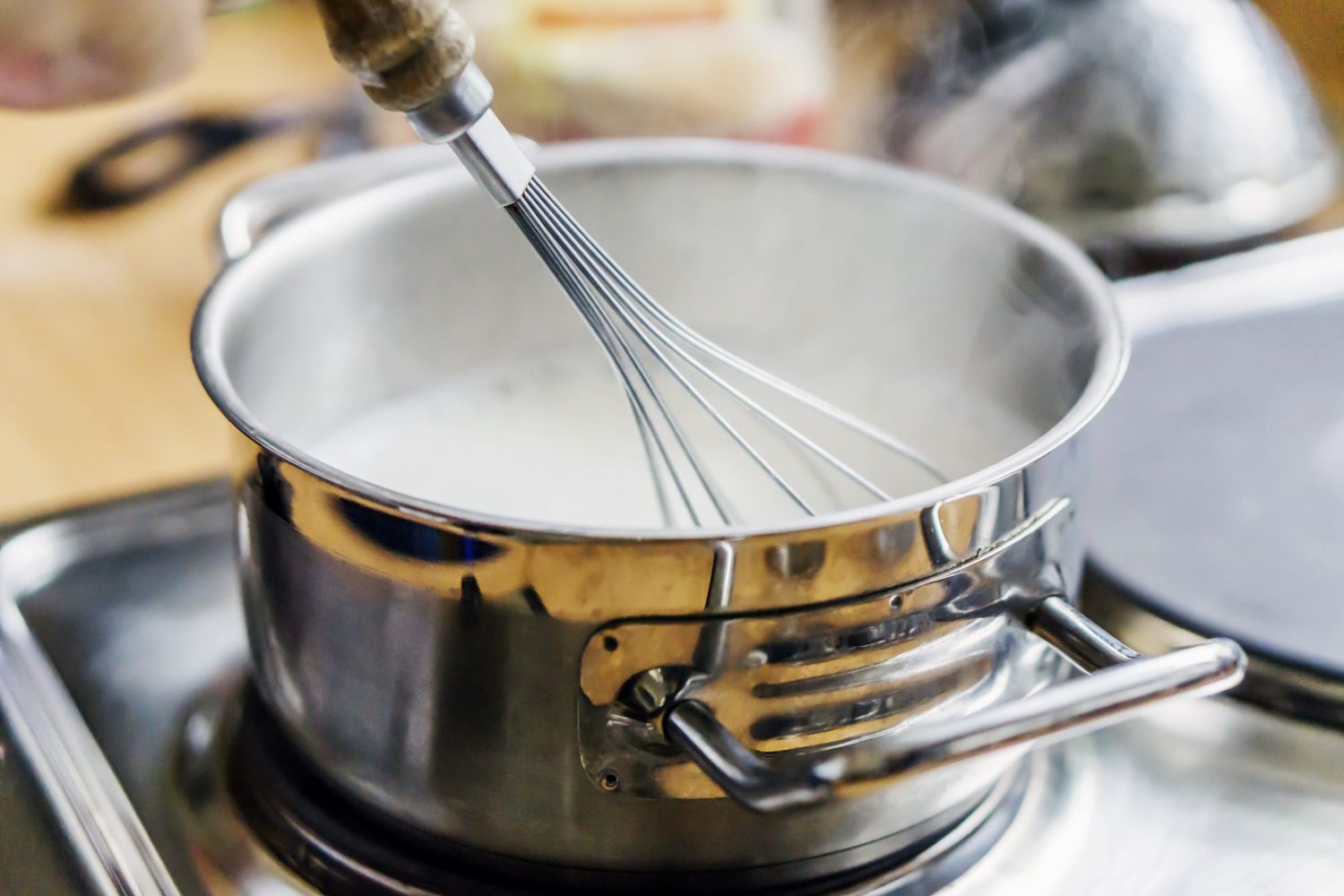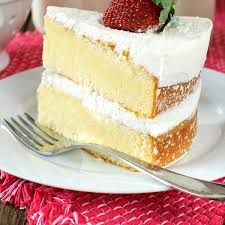Mastering the Technique: Milk Scalded
Delve into the culinary world and uncover the art of milk scalding, a fundamental technique used in cooking and baking. Understanding how to properly scald milk can enhance the flavor, texture, and safety of your recipes. Let's explore the process of milk scalding and its applications in various culinary practices.
1. What is Milk Scalded?
Milk scalding is the process of heating milk to just below its boiling point, typically around 180°F to 190°F (82°C to 88°C). At this temperature, tiny bubbles will begin to form around the edges of the milk, indicating that it is scalded. This technique can be achieved on the stovetop or in the microwave and serves several purposes in cooking and baking.

milk scalded
2. Purpose of Milk Scalding:
-
Pathogen Reduction: Scalding milk helps eliminate any harmful bacteria or pathogens that may be present in raw milk, making it safer for consumption in recipes that call for uncooked or lightly cooked dairy products.
-
Enzyme Activation: Heating milk to a high temperature activates certain enzymes present in the milk, which can enhance the flavor, texture, and nutritional value of the final dish.
-
Protein Denaturation: Scalding causes the proteins in the milk to denature, or unfold, which can improve their functionality in recipes and contribute to texture and structure.
-
Flavor Enhancement: Scalding can intensify the flavor profile of recipes by concentrating the milk's natural sugars and proteins, resulting in richer, more complex flavors in the finished dish.
3. Applications of Milk Scalding:
Milk scalding is commonly used in a variety of culinary practices, including:
-
Baking: Scalded milk is often used in bread, cake, and pastry recipes to improve texture, enhance flavor, and activate certain ingredients such as yeast or gelatin.
-
Desserts: Scalded milk is a key ingredient in custards, puddings, and ice creams, where it helps achieve a smooth, creamy texture and rich flavor.
-
Beverages: Scalding milk is used in hot beverages such as hot chocolate, chai tea, or coffee to improve the texture and mouthfeel of the drink and to ensure that any added ingredients are fully incorporated.

milk scalded
4. Tips for Milk Scalding:
- Use low heat and a heavy-bottomed saucepan to prevent scorching or burning the milk.
- Stir the milk occasionally to ensure even heating and to prevent a skin from forming on the surface.
- Once the milk is scalded, remove it from the heat immediately to prevent it from boiling and curdling.
Conclusion:
In conclusion, mastering the technique of milk scalding is essential for achieving optimal results in cooking and baking. Whether you're preparing bread, desserts, or beverages, understanding how to properly scald milk can enhance the flavor, texture, and safety of your recipes. Experiment with this versatile technique in your own kitchen and elevate your culinary creations to new heights.